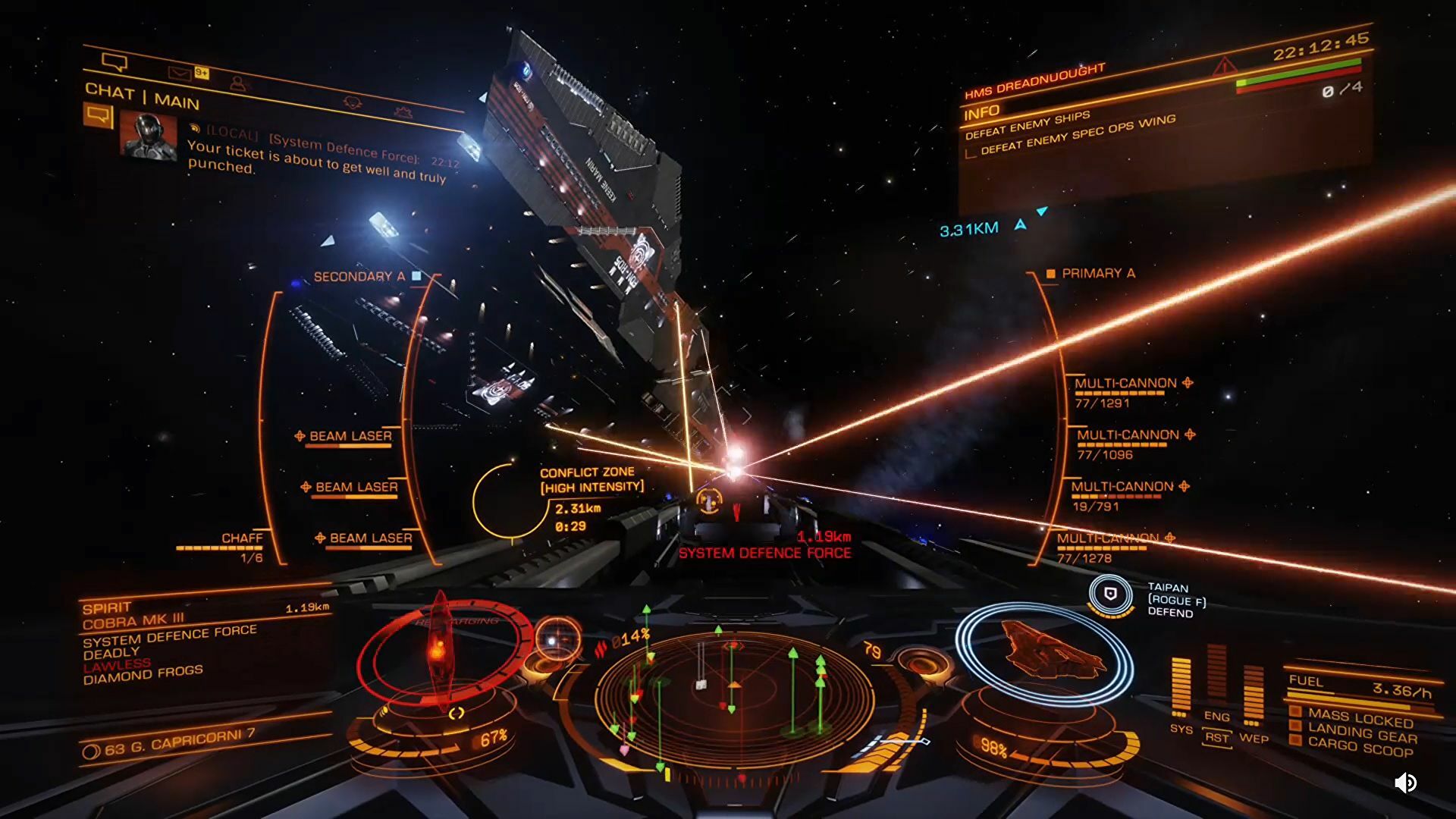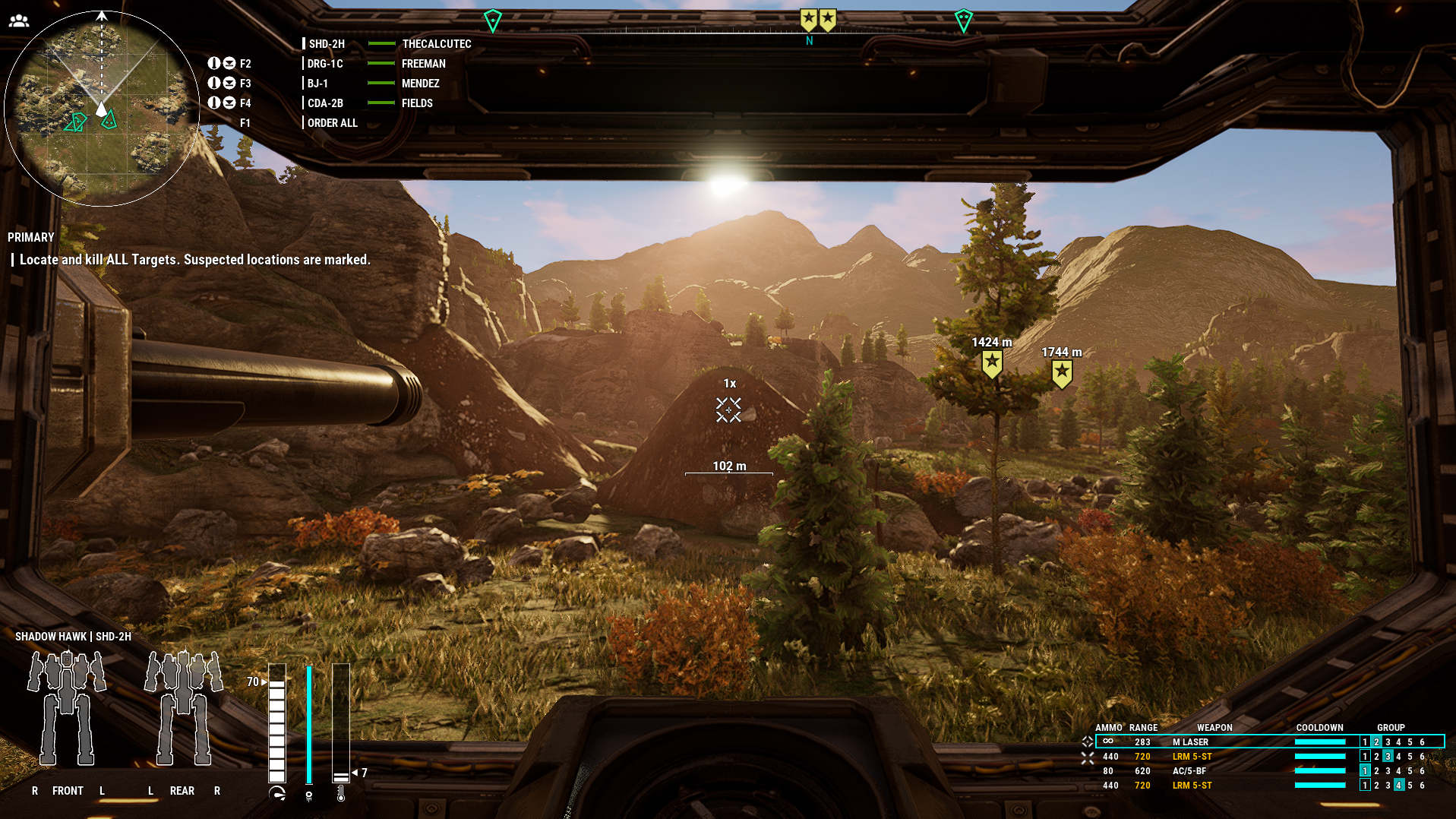I'm not a very active gamer anymore, but I like to play some VR games now and then. Especially simulator type of games where I can use peripherals like a HOTAS (Hands-On Throttle And Stick) setup.
When I finally got my hands on an RTX 3080 graphics card I jumped on the opportunity to purchase one because I expected it to boost my VR gaming frame time, and possibly allow me to bump up the graphics settings in my favorite games.
When shopping for PC hardware it's hard to get advice that you can rely on. What hardware will give you the most value depends on the use case. Many self-proclaimed hardware experts claim they know exactly what's best for your setup. And there is a lot of assumptions thrown around that are presented as facts. One of the things a lot of VR enthusiasts proclaimed was that modern VR games did require more than 4 CPU cores to run well because of the increased number of processes running in modern VR games compared to flat screen gaming.
Because I could not find any good resources online on the benefit of more CPU cores on VR games, and because "everyone" said a 4 core CPU would bottleneck my VR experience, I ended up purchasing a monster CPU and a good motherboard to make sure that the CPU was not bottlenecking my newly purchased graphics card.
In this article, I will compare the performance in my two favorite VR games Elite Dangerous, and MechWarrior5. I will be using the CPUs Intel i7 7700K and AMD Ryzen 9 5950X, and the Graphics Cards Asus GTX 1080ti and MSI RTX 3080 Suprim X. I only tested the performance on the Pimax 5K XR, since I do not care for narrow field of vision VR.
Typically headsets like the HTC Vive 1.5 will give a 25-50% increase in performance (frame time / FPS) compared to the Pimax 5K XR because of the lower resolution.
Elite Dangerous
VR heaven for spece nuts.
This was the most thorough test I did to compare the hardware. All tests were run using the "Flight and docking" tutorial.

Screenshot from Elite Dangrous (flat screen version)
In the charts below, you can see the performance boost given by upgrading CPU, GPU, or both.
As you can see from the result the VR experience with the Pimax 5K XR went from OK, to fantastic with the upgrades. The results Invited me as a gamer to increase supersampling or the graphics settings.
With 150% supersampling the game ran just perfectly with the old Intel i7 7700K CPU, and the RTX3080. There Was a noticeable performance boost with the CPU upgrade but only during hectic events with a lot of particle effects, such as during dogfights.
As you can see by upgrading both, I was able to achieve around double framerate, but the most important findings was that how little an improvement the CPU upgrade made compared to the GPU upgrade.
With my current setup having both upgrades I use 120% Steam VR supersampling, in addition to the 130% supersampling automatically given by the game with VR settings. this equals 156% supersampling. I then run the game at VR High. By doing this the framerate is usually above the 82fps / 12ms frame time that the Pimax 5K XR can display.
MechWarrior5
A fantastic VR mod for every mech enthusiast
MechWarrior 5 recently got a VR mod that made it possible to play the game in VR. The game is not optimized for VR gaming, and therefore I found little benefit from using lower graphics settings than putting almost everything at max. In this comparison, I only tested using 100% and 150% supersampling.
Read more about the MechWarrior 5 VR mod
All test were run by playing instant action, small map with the Aryd Canyon biome, trace conditions.

Screenshot from MechWarrior5 (flat screen version)
In the charts below, you can see the performance boost given by upgrading CPU, GPU, or both.
As you can see from the charts, the upgrade made a phenomenal performance boost on this game as well. I would say that the upgraded CPU made a similar performance boost compared to the GPU upgrade. But having both upgrades made very little difference. During fights with a lot of explosions, there was no difference between the upgrades.
When using DLSS in performance mode I was able to have a steady frame time of around 11-16ms using both the AMD Ryzen 9 CPU and the RTX 3080 on a 100% Steam VR supersampling.
I have currently not found a setting that gives the game a consistent frame time below 12ms for this game. I will update this article when I have.
Conclusion
My recommendation
I did not try DLSS on different settings for this article because I wanted to make a raw comparison between the hardware upgrades. But it should be noted that when running DLSS on all games you could expect to have a better performance boost than the upgraded CPU gave. DLSS is the killer feature on the RTX cards that makes all games run a lot smoother. I find it to give me a much higher framerate, plus it works as extreme antialiasing.
To sum it up, I do not think the CPU is as much a bottleneck in VR games as the general consensus online is. A CPU upgrade does give a noticeable performance boost, but not as massive as many say it gives. The biggest difference was the idle speed when little was happening in the game. During hectic situations where you would expect the benefit of more CPU cores, I saw very little difference.
I was planning to sell my old Intel i7 7700K for cheap, but this test changed my mind. When GPUs are becoming more available would rather build a gaming rig for my kids that could replace their PS4 instead.
A 4-core CPU is plenty for gaming even in 2021, especially on 1080p monitors and televisions, and using low-end VR headsets like the HTC-Vive 1.5